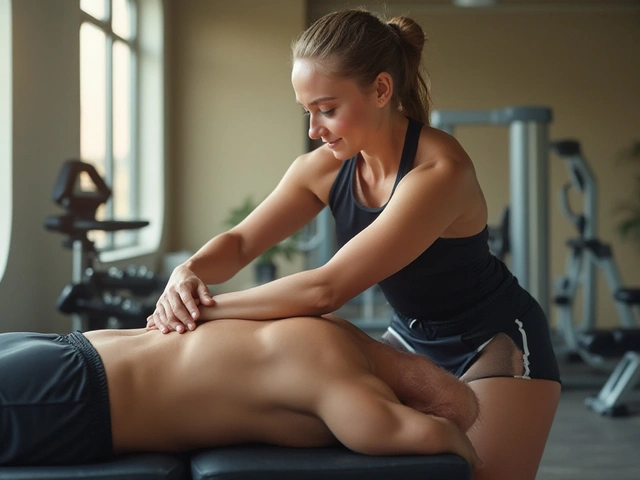Holistic Wellness for Dogs and Owners
What if your dog's health improved by treating the whole picture—movement, food, touch, and calm—rather than only chasing symptoms? Holistic wellness pulls simple, practical tools together so your dog moves better, feels calmer, and recovers faster. Below are routines and tips you can start today without fancy gear.
Daily Holistic Checklist
Keep it short and consistent. Aim for these basics every day: a 20–40 minute walk or play session, two quality meals with balanced protein and healthy fats, 5 minutes of gentle massage, and one quiet downtime session where your dog can relax undisturbed. That combo supports joints, digestion, mood, and sleep.
Nutrition matters. Add omega-3 rich foods like salmon or a vet-approved fish oil supplement to help joint comfort and coat health. Avoid sudden diet changes—swap foods over 7–10 days and watch for itching or loose stool. For treats, use whole-food options like small cooked sweet potato, plain pumpkin, or plain white fish instead of sugary snacks.
Movement is more than exercise. Include range-of-motion play: short stair climbs if your dog is healthy, gentle uphill walks, or slow-sprint fetch on soft ground. These build strength and protect joints better than long, hard runs on concrete.
Quick Canine Massage & Safety Tips
Five minutes of simple massage daily can help tight muscles, ease anxiety, and improve circulation. Start with slow, soothing strokes along the back from shoulders to tail, then apply gentle circular pressure to large muscle groups like the thighs. When you find a tight spot, hold light pressure for 10–15 seconds—if your dog relaxes, you’re helping; if they pull away or yelp, stop and try lighter touch.
Watch for signs your dog enjoyed the session: yawning, soft eyes, licking lips, or settling down. Never force a massage on an aggressive or highly fearful dog—work with a professional. If your dog has surgery, arthritis, or a known condition, check with your vet before starting any new hands-on work.
Use simple tools wisely. A soft brush, a warm towel, and short guided stretches add benefit. For older dogs, introduce low-impact water walks or assisted exercises using a harness to support hips during short swims.
Stress affects both dogs and owners. Practice one calm routine together: a 5-minute guided breathing break for you while your dog rests beside you, a predictable mealtime, and a quiet spot with dim lights in the evening. Predictability reduces stress hormones and helps recovery after injury or vet visits.
Want data? Try a pet heart-rate monitor or activity tracker for a few days to see rest vs. active patterns. Trackable data helps you spot sleep issues, rising restlessness, or recovery problems after exercise. Share those patterns with your vet for targeted help.
Holistic care isn't a single trick. It's a steady set of choices—food, movement, touch, and calm—that add up. Start small, watch how your dog responds, and adjust with your vet’s guidance. You'll often see better mobility, fewer flare-ups, and a calmer dog without complicated plans or big costs.
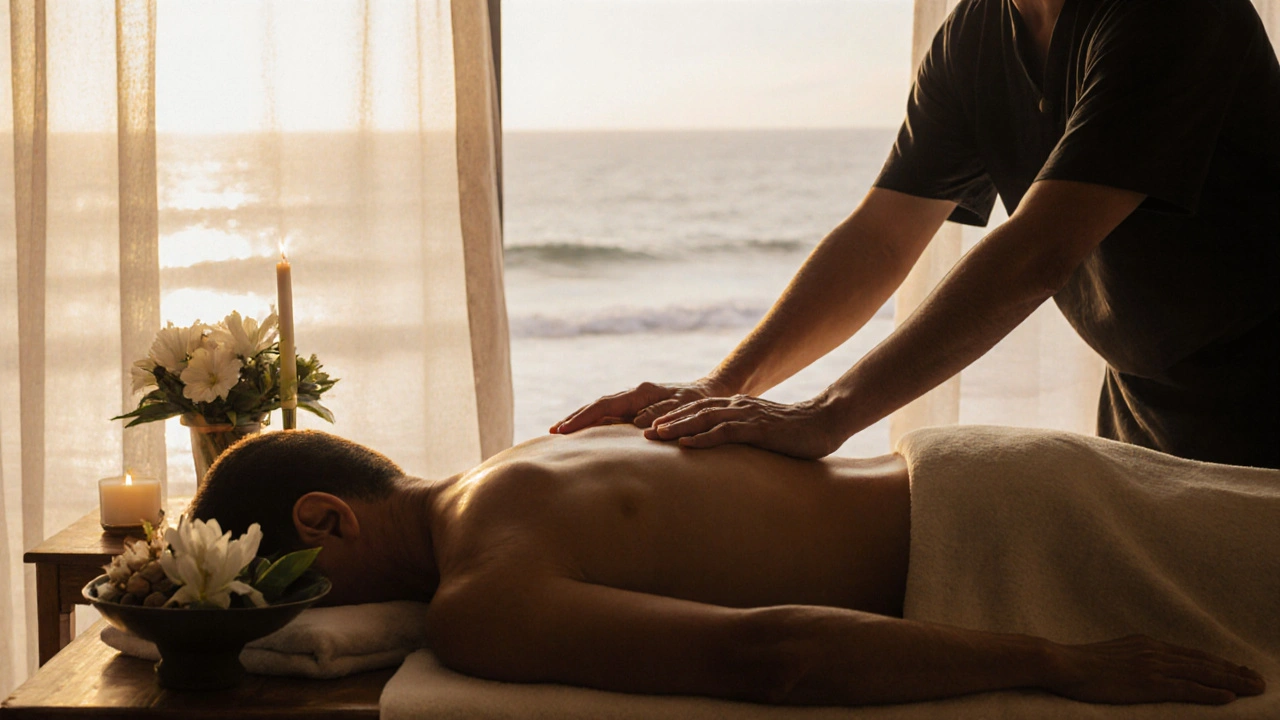
Lomi Lomi: The Ancient Hawaiian Healing Art That Restores Body and Spirit
Lomi lomi is an ancient Hawaiian healing massage that uses flowing strokes, sacred oils, and spiritual intention to release emotional and physical tension. More than just bodywork, it’s a tradition that reconnects you to your breath, your ancestors, and the rhythm of nature.
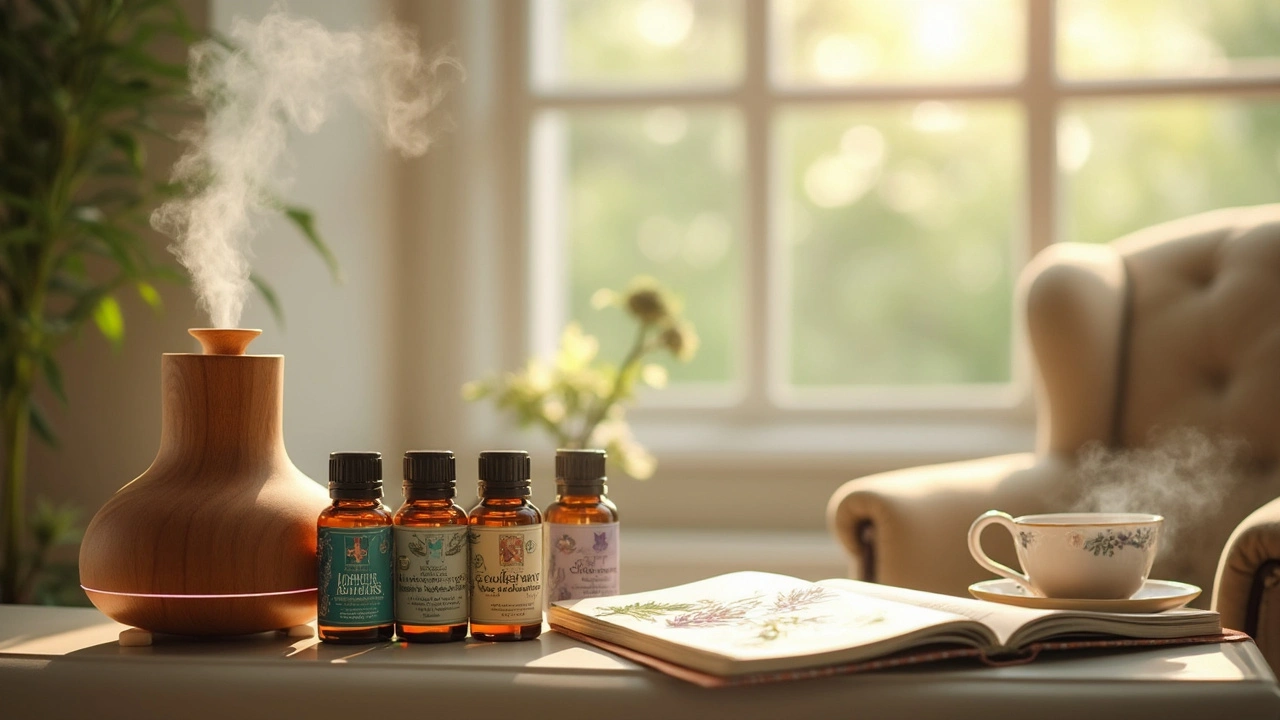
Aromatherapy Benefits: Unlocking the Power of Essential Oils
Aromatherapy goes way beyond making your home smell nice—it taps into natural plant oils to boost your mood, help you relax, and even ease physical discomfort. This article unpacks how aromatherapy actually works, what science really says, and easy ways to try it at home. Practical tips and interesting facts make it simple for anyone to get started. Learn which essential oils suit different needs and how to use them safely. Empower yourself with easy tricks you can start using today.

Creole Bamboo Massage: A Fresh Path to Body Healing
Discover the wonders of Creole Bamboo Massage, a unique blend of ancient techniques and renewable bamboo tools, offering a rejuvenating body healing experience. This innovative approach improves circulation, reduces stress, and aligns with sustainable practices. Ideal for those seeking holistic wellness, this massage therapy uses carefully selected bamboo sticks for their energy-channeling abilities. Dive into the world of Creole Bamboo Massage to explore its benefits, techniques, and how it stands out in the sphere of healing massages.

Holistic Healing: Embracing the Power of Healing Touch
The healing touch is a gentle, nurturing energy technique designed to promote balance and healing in the body and mind. With roots in ancient medicine, it integrates the physical, emotional, and spiritual aspects of wellness. This approach aims to enhance natural healing, reduce stress, and foster a deep sense of relaxation and well-being. It's about understanding the connection between body and mind and using that connection to improve health.
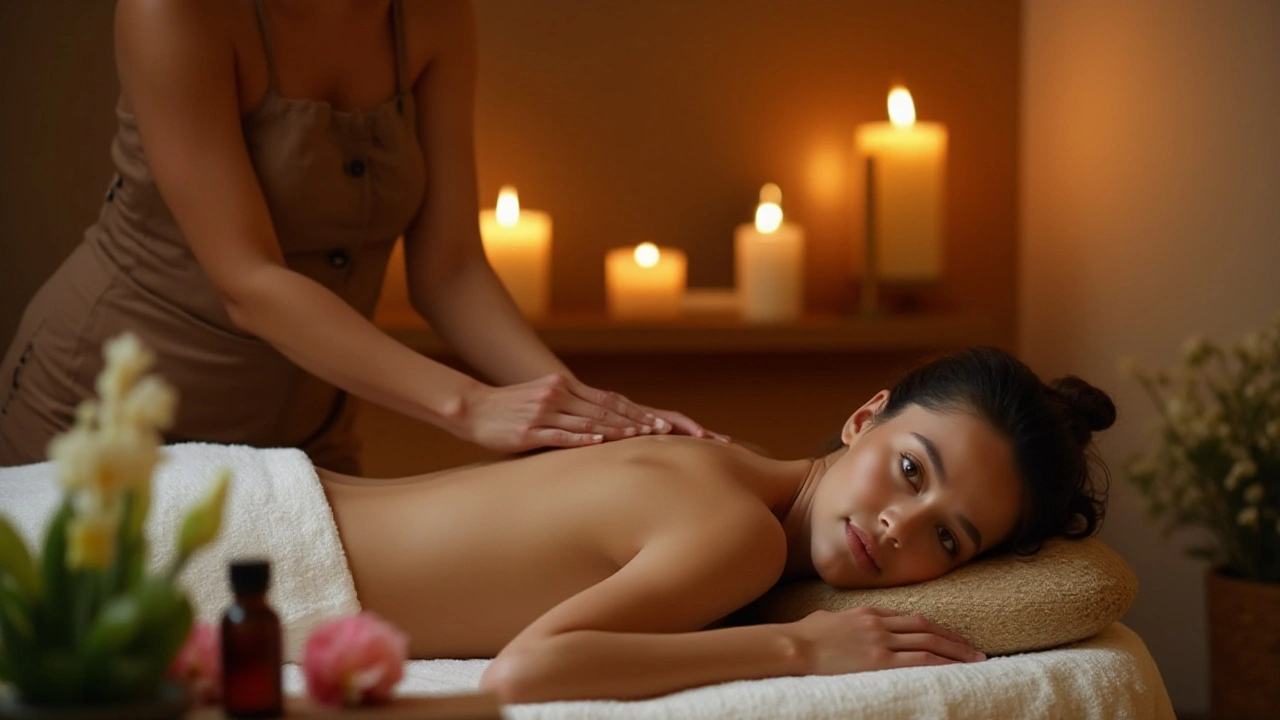
Swedish Massage: Detoxify and Revitalize Your Body
Swedish massage is a popular therapy known for its relaxing techniques and its ability to help detoxify the body. This article explores the benefits of Swedish massage, the techniques involved, and how it aids in physical and mental well-being. From increasing blood flow to releasing muscle tension, Swedish massage offers a rejuvenating experience. Learn about its history and how it can be incorporated into a regular wellness routine.
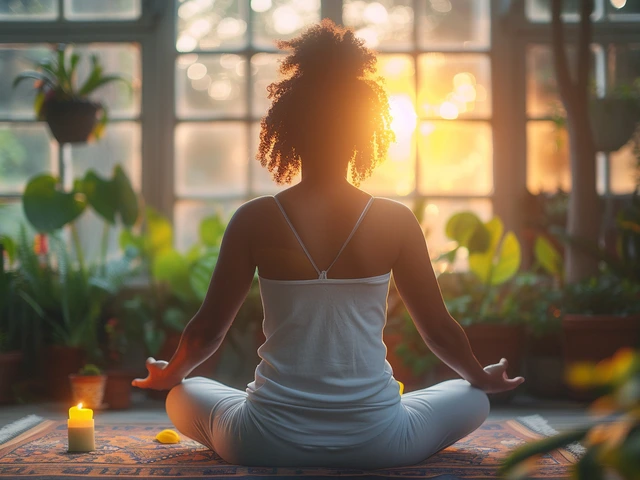
Mindfulness and Sleep: The Key to Restful Nights
Aug, 8 2023


